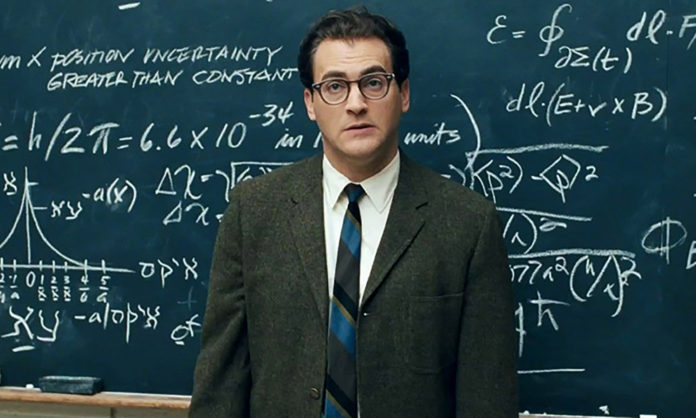In a new post, Janice Hardy explains why avoiding passive voice is good advice. “Like all things writing, simply doing it because people say so isn’t always the best idea,” she says. “Without understanding why a passive voice causes trouble, you might rewrite it when it’s actually the best thing for your story at that moment. It does have its uses after all.”
Passive voice means more than simply using the “to be” verb, but using “to be” forms are a sign of trouble, Hardy says. Often, the use of the passive voice is a crutch, hiding a not-too-exciting sentence or scene. A sentence like “Bob was bit by the zombie” is passive. “The zombie bit Bob” is active, but dull. “The problem with this sentence isn’t the passive nature of it, but the way it keeps readers from the action and prevents them from engaging in the story and the likely importance of this moment,” Hardy explains.
Instead of simply swapping out active for passive voice, the writer here should show what happens to poor old Bob in an engaging way that brings the reader into the story. Hardy suggests: “The zombie seized Bob’s leg and bit down, dangerously close to breaking the skin.” That’s way better.
Sometimes, however, the passive voice is what you want. “Maybe you want a little distance between the subject and the action,” Hardy writes. “Maybe you want a sense of detachment. Maybe you want to sneak it by readers but still drop that detail in.”










